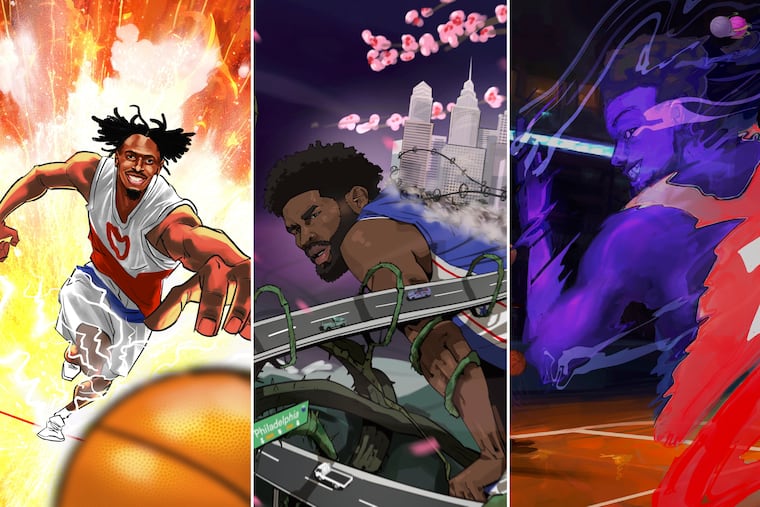What Pokémon is Joel Embiid? Tyrese Maxey? Paul George? Someone actually created an algorithm to figure it out.
Pokémon superfan Evan Spellman used data to match each of the game’s 151 original characters to NBA players.

Pokémon superfan Evan Spellman used data to match each of the game’s 151 original characters to NBA players.
